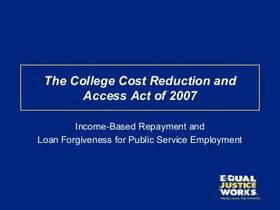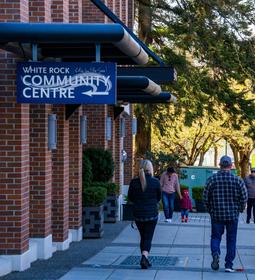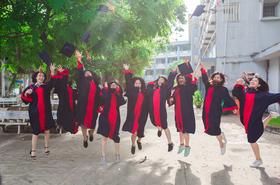There is no denying that college is becoming more and more expensive with each passing year. According to a recent study, the average annual cost for tuition at a 4-year college is more than $30,000 – and that doesn’t even cover everything! Paying for college is like signing a contract with a new cable service provider. After doing the research you finally choose a provider based on a specific published price. But when it comes time to sign the contract you find out that there are all of these unexpected fees involved – service fees, taxes, etc. And then the price for service skyrockets after the first year!
With college, hidden costs are everywhere. The amount you pay the school each semester (or each year) probably only covers your tuition, maybe even room and board. But there are so many other things you are going to need to make it through the year – basic school supplies, clothing, transportation and, of course, textbooks. Many students underestimate the cost of textbooks but they actually end up being a significant expense for many students. Keep reading to learn just how much you should expect to pay for textbooks during school and how you can cost those costs a little bit.
How Much Do Textbooks Really Cost?
Though there are certainly some college classes that do not require them, most classes are based around one or more textbooks.































